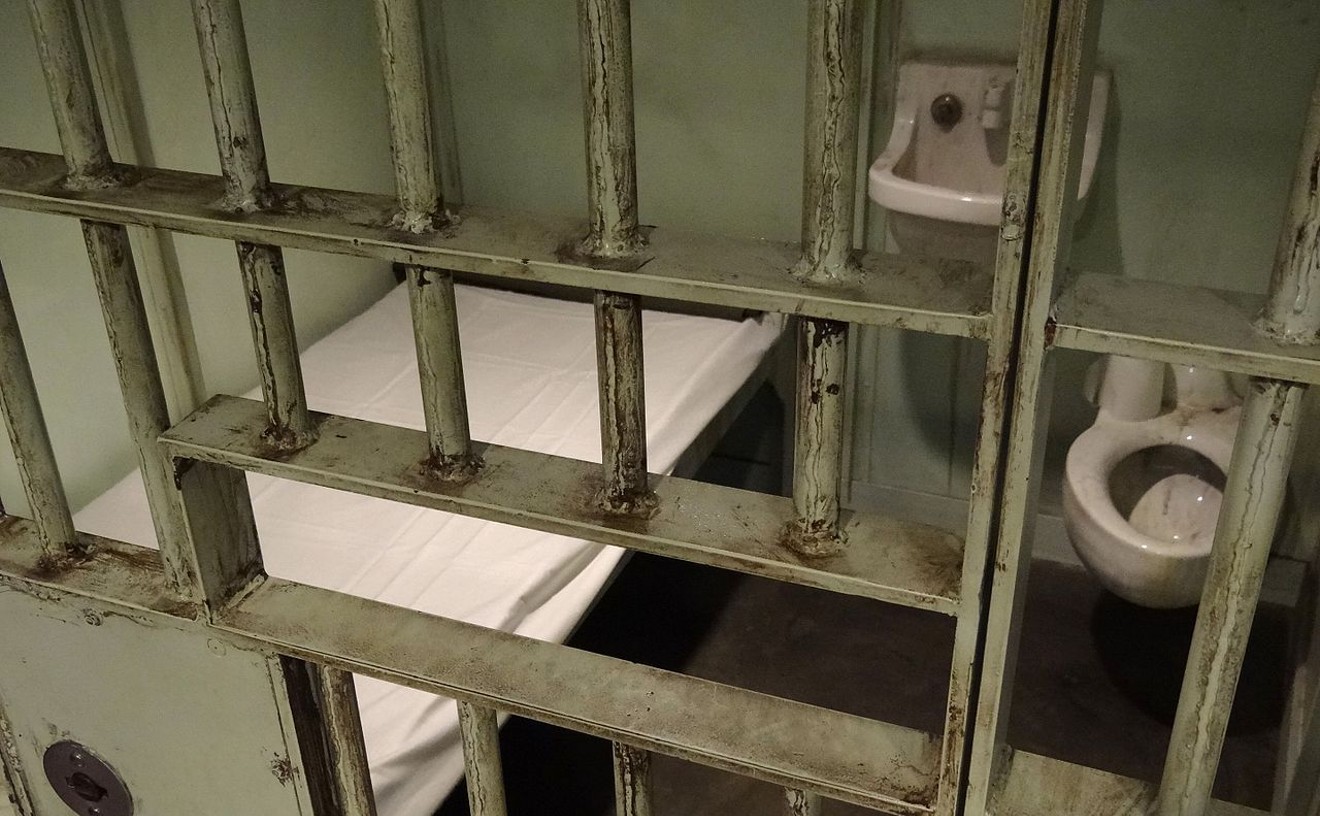We get the impulse. The easiest way to dive into a story about Oak Cliff, especially if you've never spent more than a few days there, is to talk about November 1963. Failing that, you can talk about crime, making it seem as if people who cross the Trinity heading south are taking their lives into their hands. Bringing up things like successful organic growth through the promotion of Dallas rarities like density and walkability requires a lot more thought than headlining a travel piece "In Dallas, Turning the Page Marked Nov. 22, 1963," as The New York Times did in an article published yesterday.
Mention that the Texas Theater was the site of Lee Oswald's capture sure, that's interesting enough. Checking out the phone on Top Ten Records counter that J.D. Tippit is said to have made his last phone call from can be a unique experience too, but the NYT fails to even mention that bit of trivia.
Attributing the neighborhood's recent growth to declining institutional memory of the assassination is just lazy. It didn't even happen in Oak Cliff. Oswald happened to live here, but the neighborhood was no more complicit in President Kennedy's death than the rest of the city. Oswald's actions haunt the city as a whole, but it doesn't change the fact that Oak Cliff's decline in the second half of the 20th century has far more to do with white flight stemming from school desegregation and widespread neglect from city officials than any single action.
Despite the fact that each restaurant mentioned in the article is either in the Bishop Arts District or closely proximate, Carol Huang, the author of the piece, insists on telling readers:
"Though crime remains an issue in Oak Cliff and gunshots are sometimes heard, these days you can also hear bands at the Texas Theater and at the Kessler Theater, a 1942 Art Deco playhouse that holds dance and music lessons during the week."
Clunky segue aside, Bishop Arts is not dangerous, or even particularly edgy, no matter what a Times writer might think.
What's happened in Bishop Arts is a victory of groups like Jason Roberts' Better Block project, not the inevitable passage of time. Roberts is the only local quoted in the story, but his contribution is limited to contrasting Lucia and El Jordan's price points.
Unfair Park's hopes that the passing of the 50th anniversary and all of its macabre remembrances would end this sort of thing have been dashed.











